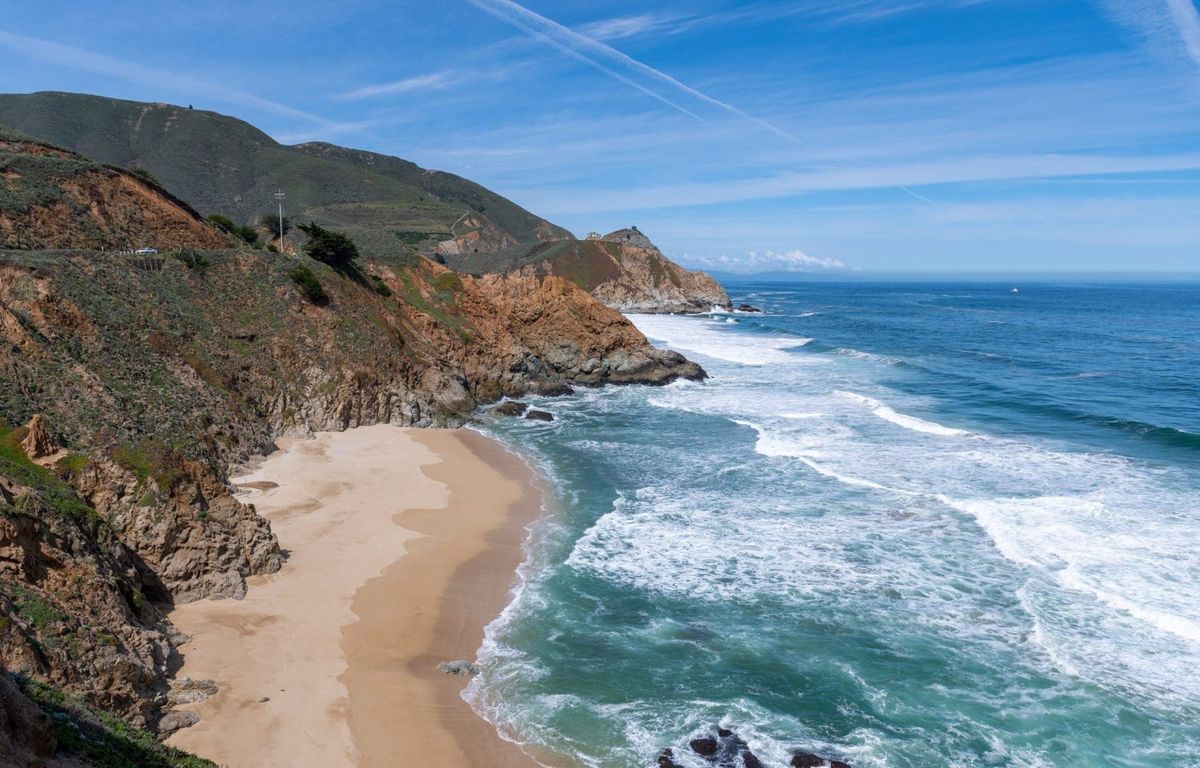Hidden Indigenous Fishing Weirs Of The Pacific Coast

Have you ever wondered about the ancient fishing techniques used by Indigenous peoples along the Pacific Coast? These communities created intricate fishing weirs to catch fish efficiently. A fishing weir is a structure built in rivers or tidal areas to direct fish into traps. These weirs were made from wood, stone, or other natural materials. They showcase the ingenuity and deep understanding of local ecosystems by Indigenous cultures. Exploring these hidden fishing weirs offers a glimpse into the past, revealing how these communities thrived using sustainable methods. Join us as we uncover the secrets of these ancient marvels.
Hidden Indigenous Fishing Weirs of the Pacific Coast
The Pacific Coast is home to some of the most fascinating and lesser-known historical sites. Indigenous fishing weirs, ancient structures used for trapping fish, are scattered along this coastline. These weirs offer a glimpse into the ingenuity and resourcefulness of Indigenous communities. Let's explore some of these hidden gems.
1. Namu, British Columbia
Namu, a small village on the central coast of British Columbia, holds a treasure trove of ancient fishing weirs. These structures, built by the Heiltsuk Nation, date back thousands of years. The weirs here are made from stone and wood, strategically placed to trap fish during tidal changes.
2. Comox Harbour, British Columbia
Comox Harbour is another site rich with history. The K'ómoks First Nation constructed intricate weirs in this area. These weirs are visible during low tide, showcasing the advanced engineering skills of the K'ómoks people. The site also offers stunning views of the surrounding mountains and ocean.
3. Kyuquot Sound, British Columbia
Kyuquot Sound, located on the west coast of Vancouver Island, is home to several ancient fishing weirs. The Nuu-chah-nulth people built these weirs using local materials like cedar and stone. The weirs are still visible today, providing a tangible link to the past.
4. Clayoquot Sound, British Columbia
Clayoquot Sound is not only known for its breathtaking scenery but also for its historical significance. The Tla-o-qui-aht First Nation constructed numerous fishing weirs in this area. These weirs are a testament to the sustainable fishing practices of the Tla-o-qui-aht people.
5. Bella Bella, British Columbia
Bella Bella, a remote community on the central coast, is another site where ancient fishing weirs can be found. The Heiltsuk Nation built these weirs to trap salmon and other fish species. The weirs are an important part of the Heiltsuk cultural heritage.
6. Barkley Sound, British Columbia
Barkley Sound, located on the west coast of Vancouver Island, is home to several ancient fishing weirs. The Nuu-chah-nulth people constructed these weirs to take advantage of the tidal currents. The weirs are still visible today, offering a glimpse into the past.
7. Haida Gwaii, British Columbia
Haida Gwaii, an archipelago off the northern coast of British Columbia, is rich in Indigenous history. The Haida people built numerous fishing weirs in this area. These weirs are a testament to the Haida's deep connection to the land and sea.
8. Prince Rupert, British Columbia
Prince Rupert, a city on the north coast of British Columbia, is another site where ancient fishing weirs can be found. The Tsimshian people constructed these weirs to trap fish during the tidal changes. The weirs are an important part of the Tsimshian cultural heritage.
9. Quadra Island, British Columbia
Quadra Island, located off the east coast of Vancouver Island, is home to several ancient fishing weirs. The We Wai Kai Nation built these weirs to trap fish during the tidal changes. The weirs are still visible today, offering a glimpse into the past.
10. Tofino, British Columbia
Tofino, a popular tourist destination on the west coast of Vancouver Island, is also home to ancient fishing weirs. The Tla-o-qui-aht First Nation constructed these weirs to trap fish during the tidal changes. The weirs are an important part of the Tla-o-qui-aht cultural heritage.
Preserving History and Culture
The hidden Indigenous fishing weirs of the Pacific Coast offer a glimpse into the rich history and culture of the region's Indigenous peoples. These ancient structures, skillfully crafted from natural materials, showcase the ingenuity and deep understanding of the environment possessed by these communities. Preserving these sites is crucial for maintaining a connection to the past and honoring the traditions that have shaped the Pacific Coast for generations.
Visiting these weirs not only provides a unique travel experience but also supports efforts to protect and celebrate Indigenous heritage. As you explore these remarkable sites, take a moment to appreciate the craftsmanship and knowledge that went into their creation. By doing so, you contribute to the ongoing efforts to preserve these cultural treasures for future generations. Embrace the opportunity to learn from the past and ensure that these stories continue to be told.

